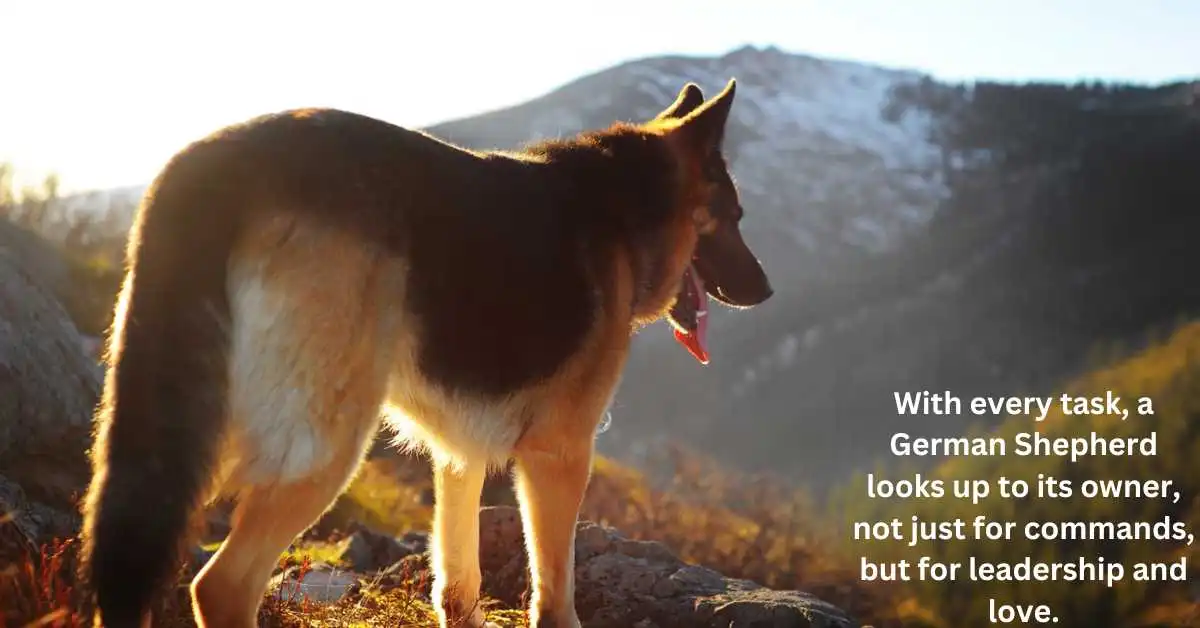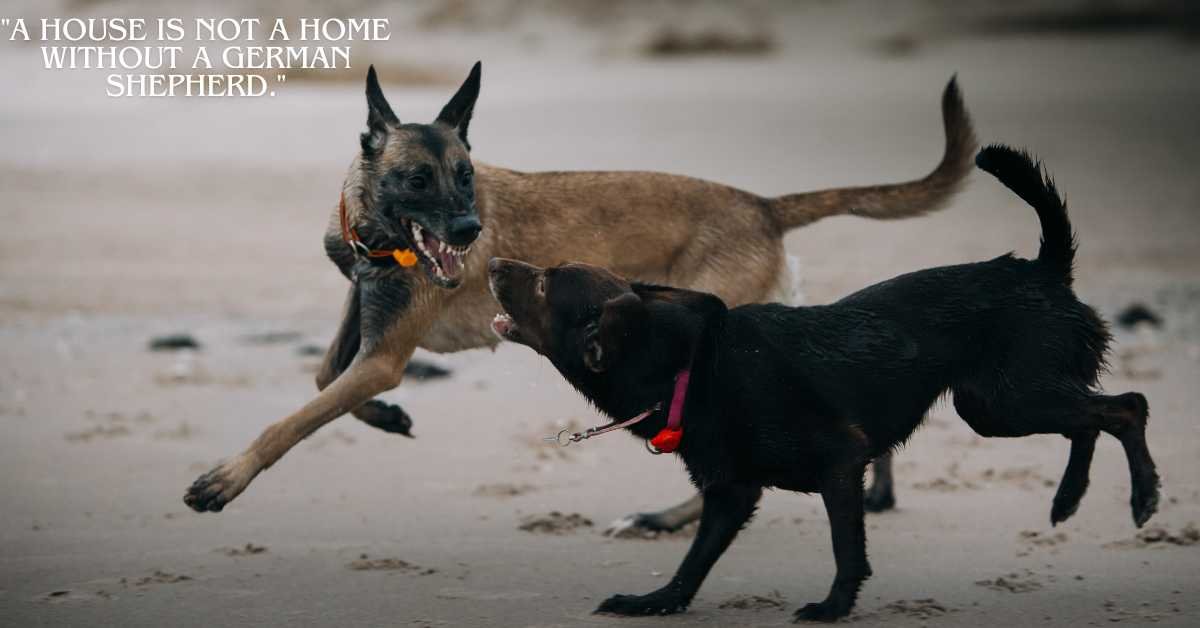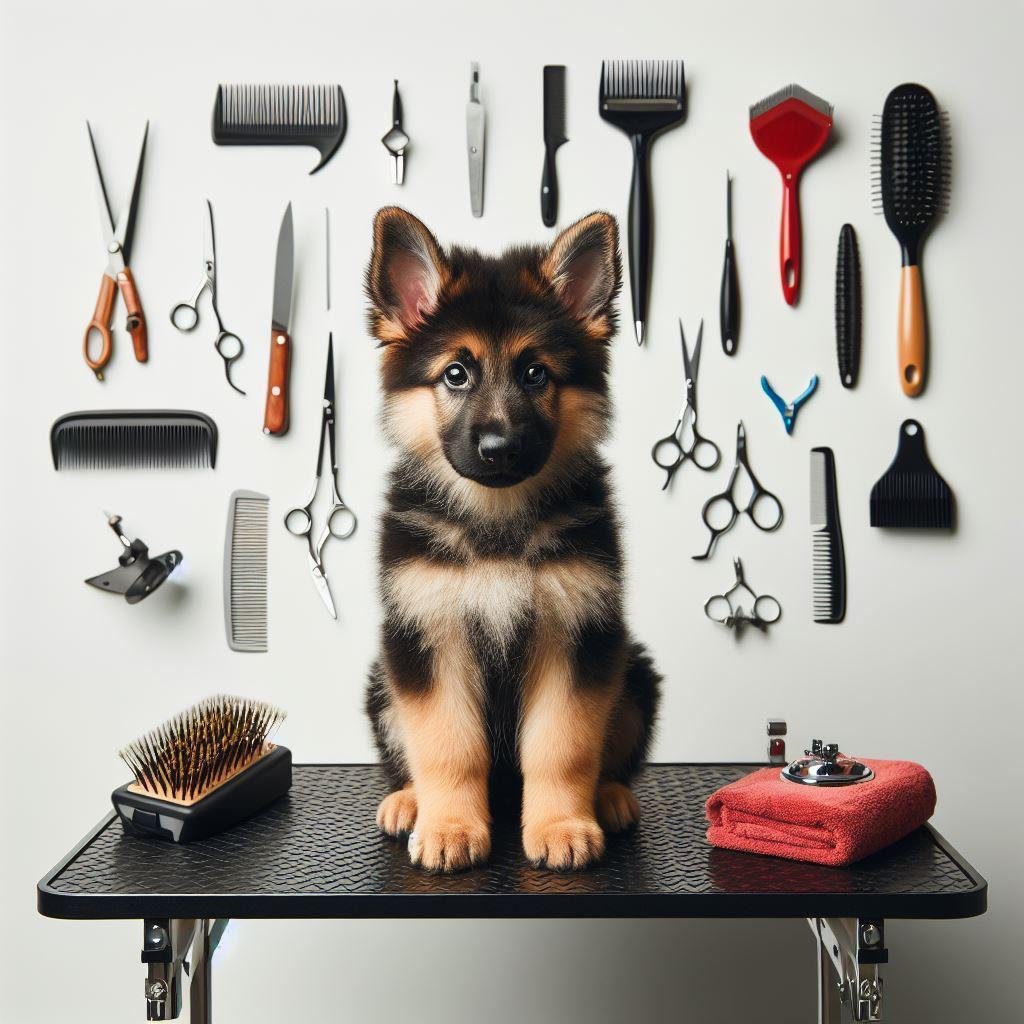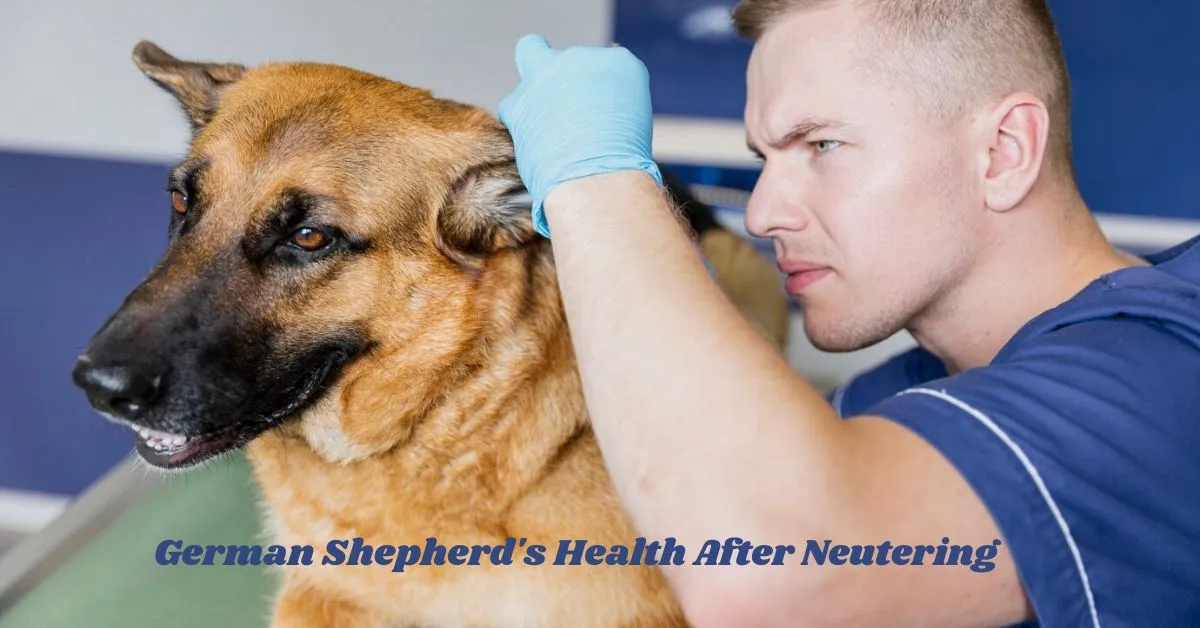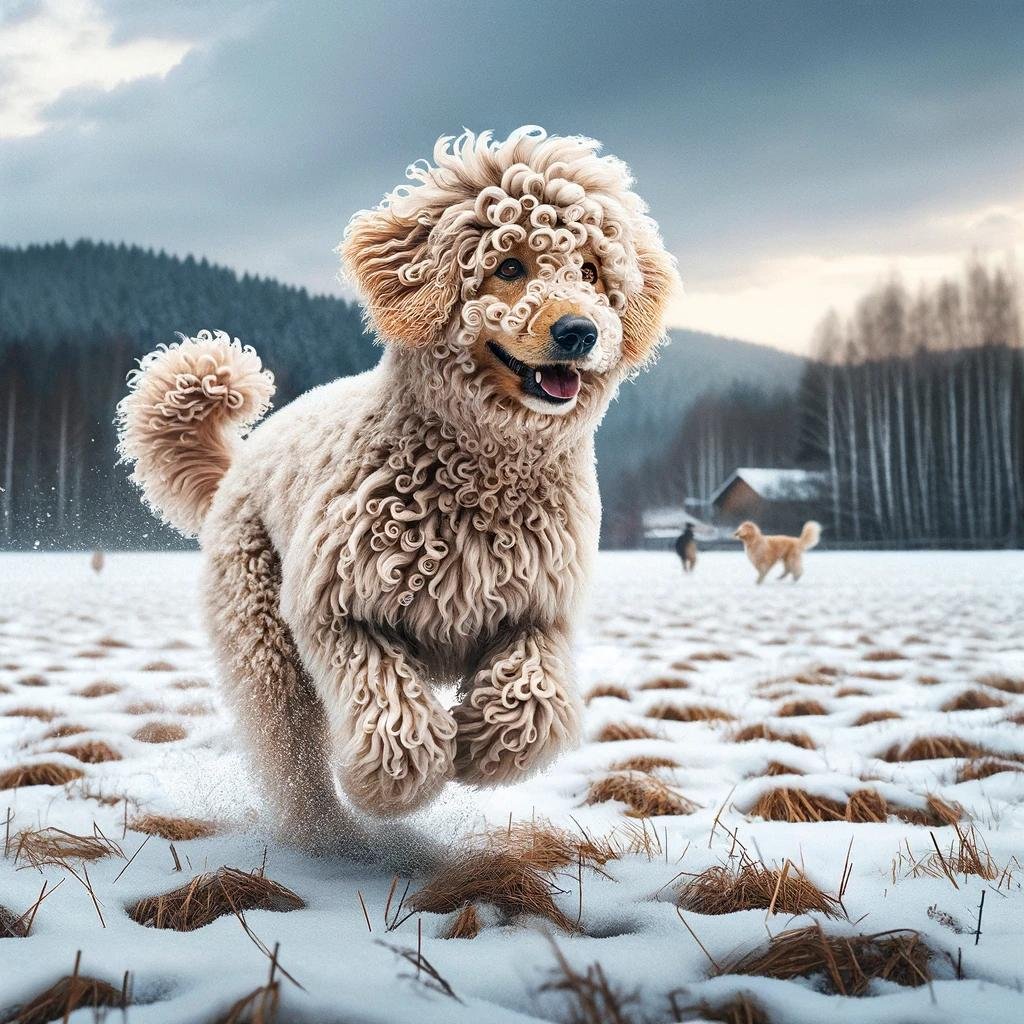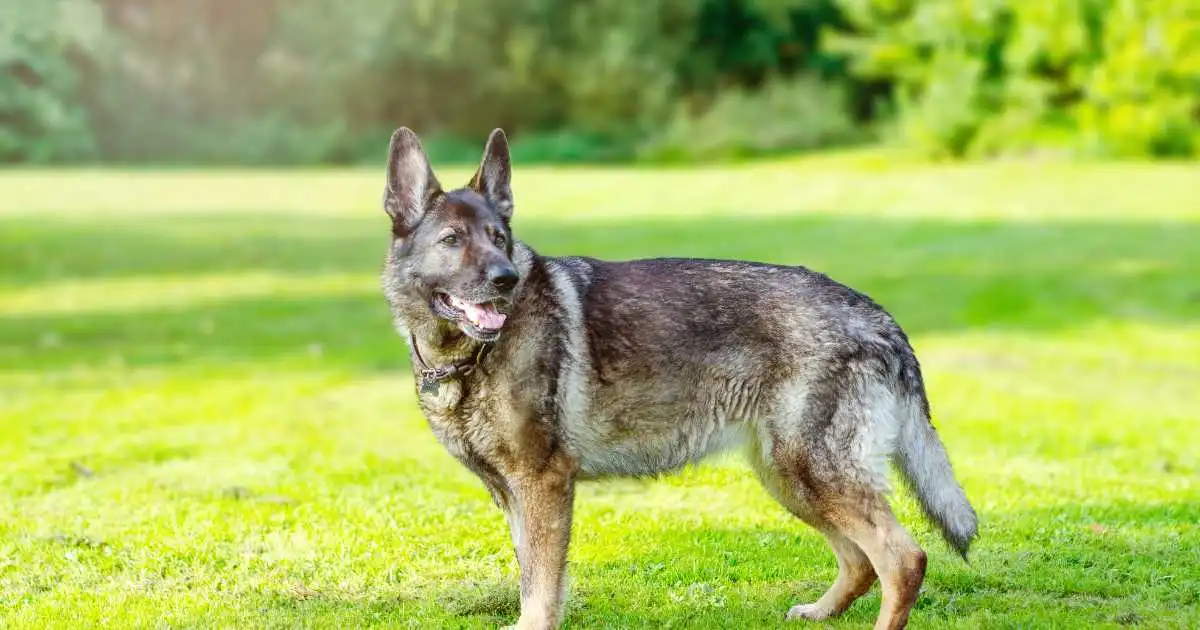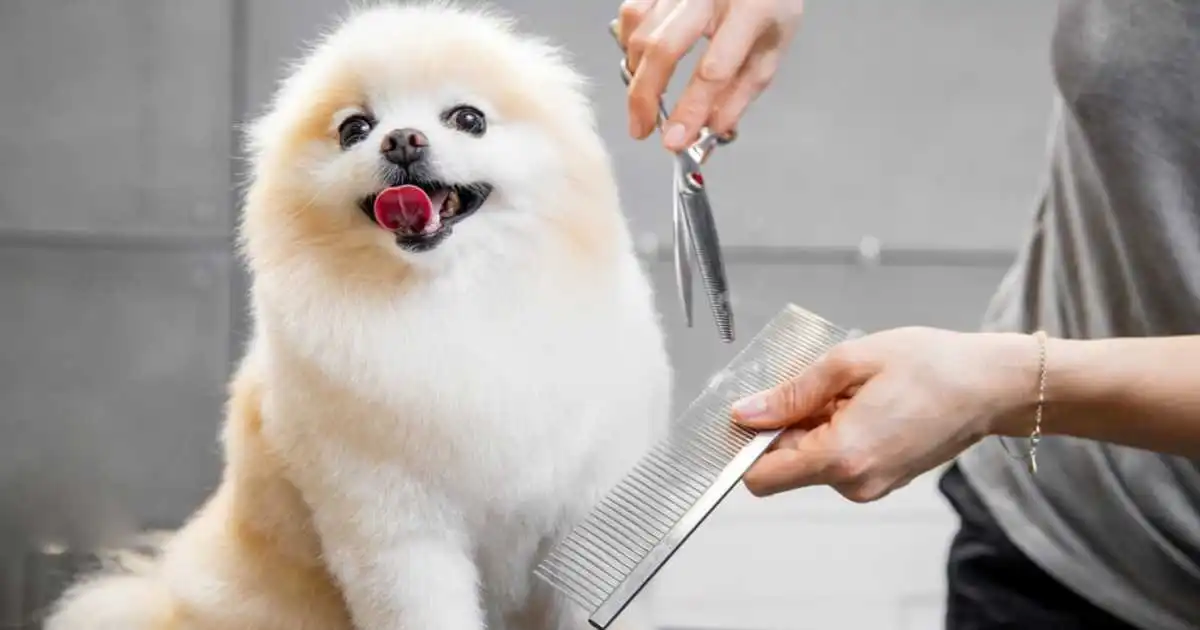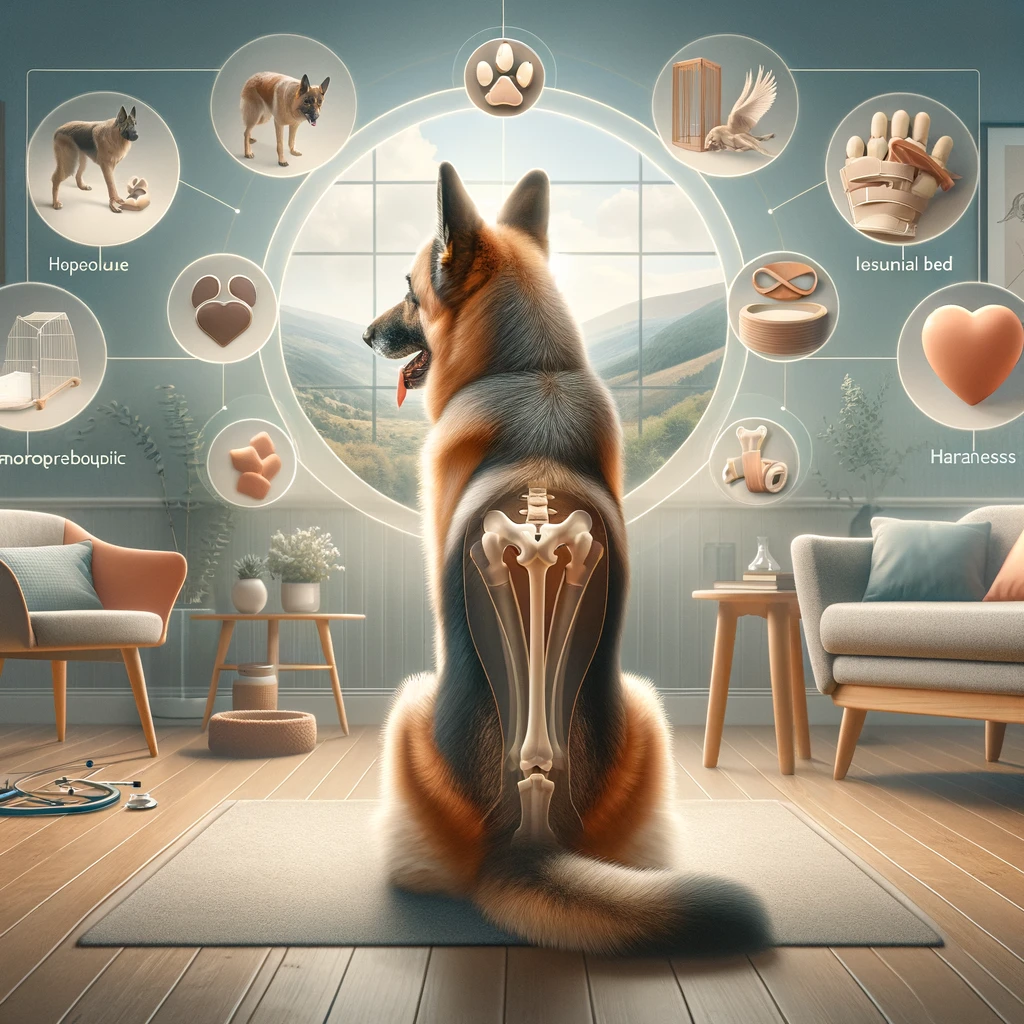Training Tips for 1-Year-Old German Shepherds
Training tips for 1-year-old German Shepherds are pivotal for their development into disciplined, sociable, and obedient companions. These dogs are at a stage where they’re highly receptive to learning, making it the ideal time to reinforce positive behaviors and correct any undesirable ones. Focused on the key areas of obedience training, socialization, and positive reinforcement, this guide aims to equip owners with the strategies needed to navigate the challenges and joys of training at this crucial age. With these tips, your German Shepherd will not only master basic commands but also develop into a well-rounded, confident, and loyal friend. Embrace this rewarding journey of growth and learning, enhancing the bond between you and your German Shepherd. What is the behavior of a German Shepherd that is one year old? A German Shepherd is growing up at one year old but still has some puppy behavior. They can act calm like an adult dog or be unpredictable like a puppy. These dogs are naturally protective and like to keep watch, which comes from their history of guarding. Both boy and girl dogs start to mature around this age, but they keep learning and changing. Feeling safe and happy helps them become less jumpy and more confident as they grow. It’s essential to play with them, teach them, and introduce them to new people and places in a friendly way. This helps them become lovely, confident adult dogs. Their personalities keep changing, so continuing to teach them and show them love will help them become their best selves. 1. Make friends: Your pup might have yet to meet many people and animals. Take them on slow walks and reward calm behavior when they see something new. This will help them feel comfortable around everyone. 2. Command Champs: Teach your Shepherd basic commands like “sit,” “stay,” “come,” and “heel.” These help keep them safe and make walks more enjoyable. 3. Get Help if Needed: Consider talking to a professional dog trainer if you’re facing training challenges. They can give you personalized advice for you and your furry friend. 4. Manage energy needs: German Shepherds have high energy needs that must be adequately managed. Until their bones are fully fused, avoid high-impact sports or running. Instead, engage in activities such as fetch, tug-of-war, swimming, and nose work or tracking to help them focus and provide an outlet for stress. 5. Reinforce proper techniques early: Start training your 1-year-old German Shepherd using proper techniques to encourage attention span and self-control. Teaching an adult dog new skills or correcting puppy-like behaviors that might become troubling is always possible. Formal training creates a structured environment at home, helping people mature their minds and reduce unwanted behaviors through mental stimulation. 6. Address fears with confidence: Utilize counter-conditioning techniques to turn fear-inducing situations like nail trimmings into pleasant experiences. Offer rewards to build confidence and resilience, ensuring your German Shepherd learns to handle new or uncomfortable situations quickly. 7. Consistent Routines and Expectations: Establish and maintain consistent routines and clear expectations to prevent confusion and help your German Shepherd know what is expected of them. This structure is vital for newly adopted adult dogs and those needing to unlearn undesirable behaviors, providing a foundation for a well-adjusted and friendly family member. 8. Patience and Consistency: Be patient and consistent in your training. German Shepherds are eager to please but may test boundaries. Constant reinforcement of rules and expectations is critical to successful training. German Shepherd training problems at one-year-old Training a 1-year-old German Shepherd is challenging, especially if they’ve picked up unwanted behaviors. Actions like jumping on people or pulling on the leash might seem minor but can become severe without proper training. These behaviors indicate a need for structured training to help them fit into human environments comfortably. An eight-week training class can lay a strong foundation, but remember, training is ongoing. Consistent early training prevents these behaviors from becoming unmanageable, ensuring the dog behaves well in different situations. Factors to consider Bringing a 1-year-old German Shepherd into your home is exciting but challenging. These dogs can learn house rules and become part of the family with patience and the proper training. Everyone in the family has the same training methods for consistency. German Shepherds are intelligent and like to please, so they do well with positive training using treats and praise. Start with simple commands and then teach more complex ones. Since they can have health issues like hip problems, check with a vet to ensure training and exercise are safe. Keep your patience Be patient as your dog adjusts to their new home. They might be nervous or shy initially, especially if they have a brutal past. It can take a few months to feel at home, but regular training, a routine, and lots of love will help them understand they are in their forever home. This builds trust and a strong bond between you and your dog. Can we help you train your German Shepherd? If you’re finding training hard, some resources, like books on dog behavior, can help you understand your dog better. Learning about why your dog acts a certain way can make training easier and help your dog be happier. Final Thoughts In summary, your 1-year-old German Shepherd can become a well-behaved and loved family member with patience, understanding, and consistent training. Training isn’t just about teaching your dog; it’s also about building a solid relationship and ensuring they’re happy and healthy. FAQs On Training Tips for 1-Year-Old German Shepherds At what age does a German Shepherd begin guarding? German Shepherds typically start showing guarding instincts around 6 months of age. However, their protective behaviors fully mature as they reach 2 to 3 years old. Proper training and socialization are crucial during this period to ensure they develop into well-behaved guardians. Do German Shepherds go through a rebellious phase? Yes, German Shepherds, like many adolescent dogs, go through a rebellious phase, typically between 6 months and 2 years of age. During … Read more
